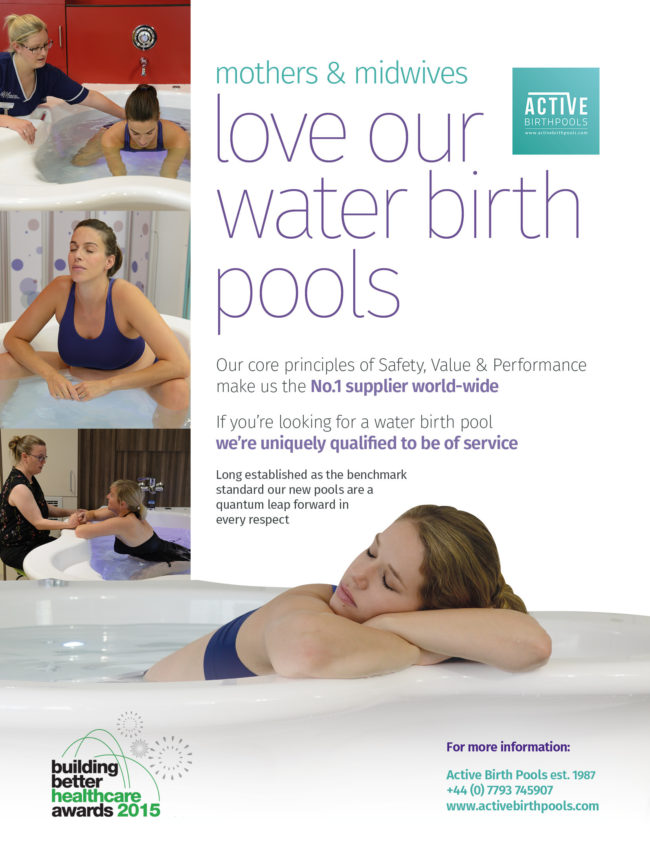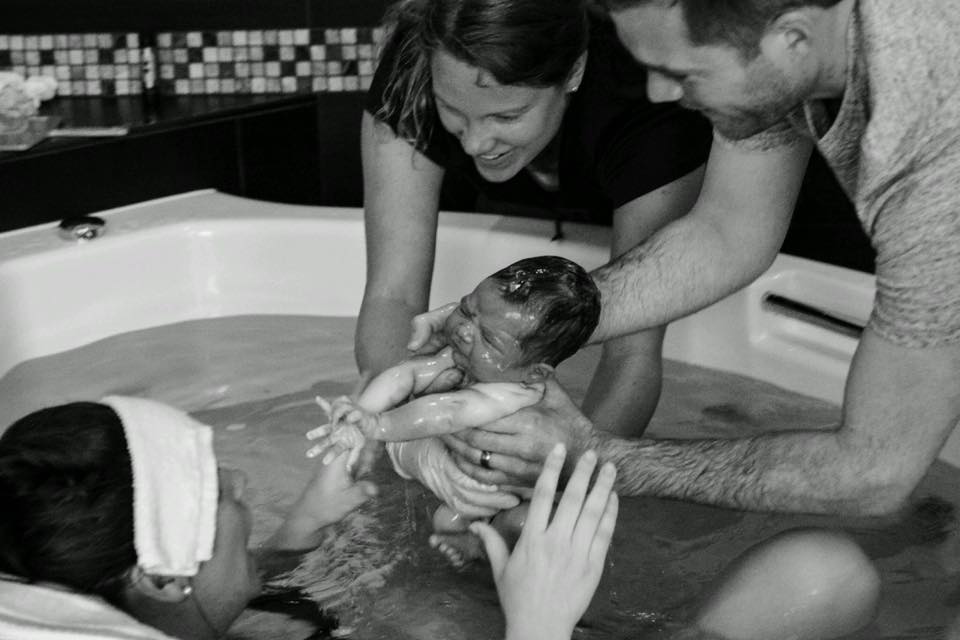18 February 2016: Midwives Alliance
The MANA and CfM Joint Position Statement on Water Immersion During Labor and Birth is a position paper written for a broad audience including midwives and other birthcare professionals, consumers, doulas, childbirth educators, and policy makers.
It is co-authored by the Midwives Alliance of North America and Citizens for Midwifery.
A year of collaborative work has produced a great educational tool that gives concise access to the research and the wisdom of experience that documents the safety, benefits and recommendations for success.
With over 80 citations, including the new study “Maternal & Newborn Outcomes Following Immersion During Waterbirth” by Bovbjerg, Cheyney and Everson, which utilized data from the MANA Statistics project, and research by waterbirth activist Barbara Harper, the position paper is a reference guide to the evidence for the safety of water immersion during labor and birth.
How does the new study using data from the MANA Statistics project help us better understand waterbirth?
The research of Bovbjerg, Cheyney and Everson helps to dispel some of the more publicized concerns about the safety of waterbirth to the baby, including drowning, cord avulsion and respiratory distress.
No deaths in over 6500 water births were attributable to being born under water. There was also no additional risk of maternal infection or hemorrhage.
The MANA Stats study showed that 35% of over 18,000 home and birth center births occurred in water, demonstrating that the midwives contributing to MANA Stats have considerable experience attending and monitoring births in water.
The experience level of the practitioner may be an important factor in the safety of waterbirth.
6,521 waterbirths, including 13 sets of twins, 29 breeches and 327 VBACs, were compared with 10,252 mothers who did not choose waterbirth, making this the largest comparative study on waterbirth to-date.
Additionally, this is the first large waterbirth study of a US population, with its unique healthcare system and demographics.
While the ACOG/AAP Committee Opinion of April, 2014, not recommending water immersion for birth, acknowledged the limitations of the available research on waterbirth, this large US study fills that gap and gives us the best evidence to-date on the safety of birthing in water.
“Maternal & Newborn Outcomes Following Immersion During Waterbirth” by Bovbjerg et al, was published Jan. 20, 2016 in the Journal of Midwifery & Women’s Health.
JMWH has generously agreed to make this research article open access, so midwives, birth workers, and consumers can read it without needing to buy a subscription to the Journal.
What else can we learn from the MANA/CfM Joint Position Statement?
Evidence and experience show us that mothers choose waterbirth for several reasons.
They report feeling more relaxed, in control, able to move more freely, and, notably, relief from pain.
Especially considering the risks of pharmacologic pain management such as epidural and spinal anesthesia, water immersion during labor and birth may be safer for mother and baby.
“In addition, because water immersion facilitates normal physiologic birth it may also be associated with other beneficial health outcomes for mother and baby, including decreased need for intervention during labor and reduced incidence of surgical/instrumental delivery.”
As in all healthcare and birthcare decisions informed consent/refusal and shared decision making with your care provider is key to determining what is best for each family.
The Joint Position Statement can help in these ways:
- describes the benefits of water immersion for mother and baby,
- suggests how these benefits may improve outcomes for families of color,
- addresses consumer choice and shared decision making,
- considers client values and individual needs and,
- lists factors that promote safety and success.
The practical and professional pearls of wisdom make the Factors that Promote Safety and Success section an invaluable tool when considering and planning a waterbirth and we are pleased to be able to share them with you.
The conclusion:
Many families consider water immersion during labor and birth a valuable option.
Current research and experience show waterbirth to be safe for mothers and babies and may provide benefits to both.
“MANA and CfM support the use of water immersion during labor and birth, and believe it should be made available to birthing families across all settings.
MANA and CfM encourage all care providers to become educated about the safe use of water immersion during labor and birth, and to engage in a shared decision making process when discussing the option of water immersion with their clients.” (quote from the statement)
The authors of the joint position statement are:
Jill Breen, CPM, CLC; Justine Clegg, CPM, LM, MS; Nasima Pfaffl, MA, President CfM; Amy Smith, CPM
Thanks also to the consultants on the statement:
Barbara Harper, RN, CD, CCE; Holly Horan, MA; Jennie Joseph, LM, CPM, CEO of Commonsense Childbirth, Inc.; Indra Lusero, JD, MA; Jeanette McCulloch, IBCLC; Shafia M. Monroe, MPH, DEM, CDT, President and CEO of the International Center for Traditional Childbearing (ICTC).










